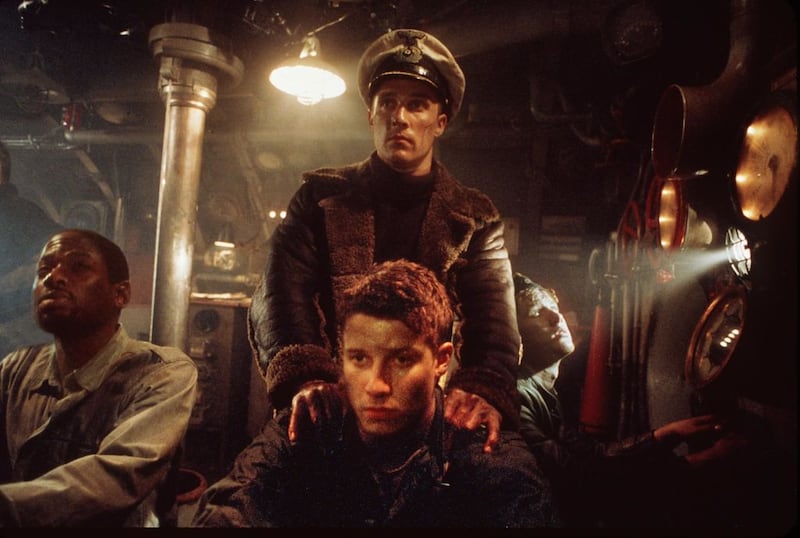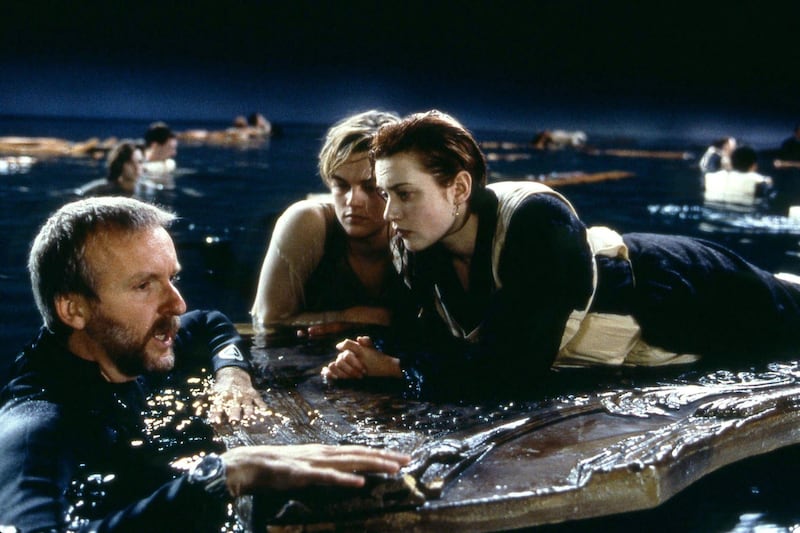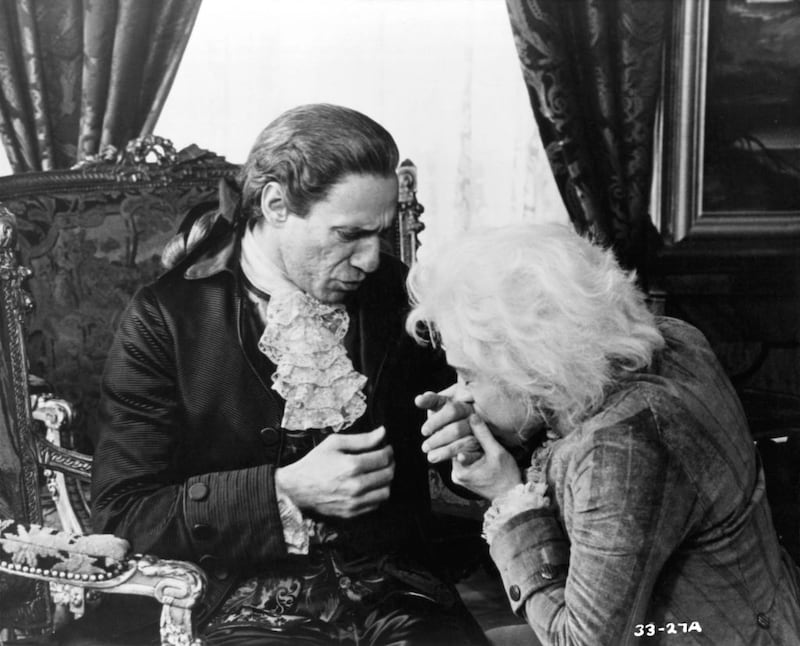The year 2009 seems like such a long time ago. Back then, a Hollywood studio could make a film like The Blind Side, about the righteous bravery of a real-life wealthy white family who dared to adopt a troubled black teenager. And, back then, it was a sensation. The Blind Side made its money back 10 times over. It won Sandra Bullock an Oscar. People loved that film.
And yet you’re unlikely to find another film that has aged quite so badly. Not only does watching The Blind Side often feel like you’ve accidentally wandered into a video installation at the National White Saviour Museum, but it now turns out that most of it might have been cobblers anyway.
Michael Oher, the former NFL star whose adolescence was depicted in The Blind Side, recently petitioned a Tennessee court to legally end his relationship with the family that adopted him. He alleges that Leigh Anne Tuohy and Seán Tuohy (played by Bullock and Tim McGraw in the film) prevented him from receiving any money from The Blind Side, while they earned millions. He also alleges that the Tuohys had never formally adopted him, as they had claimed.
It’s a mess, not only for the real-life humans whose story The Blind Side purports to tell, but also for the film itself. If Oher is successful in his petition, then it will make it much harder for anyone to comfortably sit through The Blind Side.
READ MORE
But then again, maybe it isn’t. The Blind Side isn’t the only film to have been debunked, despite its supposed adherence to historical fact. Plenty of films got it wrong, and many of them remain wild–—ly popular. Here are some notable examples.
U-571

Designed to be the sort of film that dads fall asleep to on Sunday afternoons, U-571 was a second World War drama about a squadron of US submariners who altered the direction of world history by boarding a Nazi U-boat and capturing its Enigma machine. However, on release it was lambasted by historians, who pointed out that a British team had captured an Enigma machine from a German submarine a full year before U-571 was set. In fact, of the 15 times that Enigma machines and codebooks were captured during the war, 13 of them were by the British. The storm over the film grew so loud that Tony Blair publicly agreed that it was an “affront” to the British military, and Bill Clinton had to write a letter to a British politician reminding him that it was a work of fiction.
Captain Phillips

Paul Greengrass’s 2013 drama ostensibly tells the story of the 2009 Maersk Alabama hijacking, in which Somali pirates seized control of a US cargo ship. In the film, merchant mariner Richard Phillips saves the day with his quick thinking and steely nerves. This may have been because the film was based on Phillips’ memoir A Captain’s Duty. Other Alabama crewmembers, on the other hand, didn’t necessarily see it that way. In 2013, one went public, claiming that Phillips had received and subsequently ignored seven emails warning him of the presence of pirates, and that he had no plan to deal with them when they boarded the ship. A number of crewmembers sued Maersk for $50 million (€45.8 million) following the hijacking, claiming that they had knowingly been sent into pirate-infested waters. Maersk subsequently settled out of court.
[ Forget the authenticity - just give us entertainmentOpens in new window ]
The King’s Speech

The big error in The King’s Speech is one of chronology. The story of the film is that King George VI was plagued by a speech defect that he urgently needed to overcome in order to publicly declare war on Germany. In the film, the British people are so inspired by the king’s total lack of stuttering that they rise up and see that awful Hitler chap off. It’s partly true – King George VI did attend speech therapy sessions in order to rid himself of a stutter – but in actual fact this had already happened a full decade before the war.
Braveheart

And then, of course, there is Braveheart. A film that makes U-571 look like the gospel truth, Braveheart took a staggering amount of liberties with the story of William Wallace. It showed him growing up in poverty (when he was actually a member of the aristocracy). It suggested that he impregnated Isabella of France (whom he never met, and was a child when the film took place). It showed him in kilts (hundreds of years before kilts were invented). It depicted the Battle of Stirling Bridge (which took place on a bridge and not, as the film depicts, in a field in the middle of nowhere). Still, good for Scotland for playing along, by commissioning a statue of William Wallace and making it just as inaccurate as the film by getting it to look exactly like Mel Gibson.
Titanic

Obviously the broad strokes of Titanic were historically accurate – there was a boat, and it sank – but that didn’t stop James Cameron from running into trouble elsewhere. After all, the people who died in the disaster had relatives and friends and people who knew them, who wouldn’t take kindly to seeing their loved one mischaracterised for money. And this is what happened with First Officer William Murdoch. In the film, Murdoch is the corrupt officer who panics near the lifeboats, shoots a passenger in the chest and then immediately kills himself. While some survivors claimed to have seen an officer kill himself during the sinking, it has also been claimed that Murdoch was swept out to sea. After the film was released, Murdoch’s family took issue with the film’s portrayal of their relative, saying it negated his reputation as a hero who launched several lifeboats and threw deckchairs into the sea for people to cling to. As such, the vice-president of Fox travelled to Murdoch’s home town to apologise and donate £5,000 to a local school.
[ Why did 'Titanic' loom so large in our imaginations?Opens in new window ]
Patch Adams

Meanwhile, the actual Patch Adams himself has taken issue with his depiction in the 1998 film he gave his name to. Adams’s list of grievances is long and not particularly specific, but clear enough for him to have told Roger Ebert: “I hate that movie.” There’s his depiction, which Adams says is oversimplified, reducing him to a gratingly funny figure while ignoring his medical work and activism. The film also takes the real-life murder of Adams’s best friend and hoofs it over to a love interest instead. As a result of his portrayal, Adams now carries around business cards containing the titles of 50 books, so that “when someone comes up and asks me for an autograph I give them a little lecture on pop culture and how it’s dummified our population, and its consequences.” So that’s fun.
Amadeus

Miloš Forman’s film was always presented as a “fantasia” rather than a rigorously historic retelling, which is just as well because barely any of it actually happened. In the film, Mozart finds himself locked in a bitter rivalry with Antonio Salieri, who plots his death, but this is based on Pushkin’s 1830 play Mozart and Salieri, rather than the truth. Salieri is depicted as pious and celibate in the film, which he can’t have been very good at in real life, owing to the eight children he had and the mistress he kept. The film also states that The Marriage of Figaro was a flop on release, when in reality it was anything but.
American Sniper

Clint Eastwood’s film has also been lambasted for its inaccuracies. In the opening scene, Bradley Cooper’s Chris Kyle shoots a child, which he never did. His arch enemy in the film is an Iraqi sniper called Mustafa, but in reality the pair barely encountered each other (if, indeed, he actually existed). But, then again, Kyle himself might not have been the most trustworthy storyteller either. He made a number of unverified claims, both in his memoir and in promotion of both the book and the film. He once claimed that, after Hurricane Katrina, he sat on top of the New Orleans Superdome and killed 30 armed looters. He also said that he killed a pair of carjackers in 2009, for which there is no evidence. He also falsely reported the number of medals he won in service, and said that he punched Jesse Ventura for besmirching the Iraq war. Ventura sued him for this last one, but no verdict was reached because Kyle was murdered. Finally, it’s worth pointing out that Kyle’s children were actual human beings and not plastic dummies as the film suggests. – Guardian














